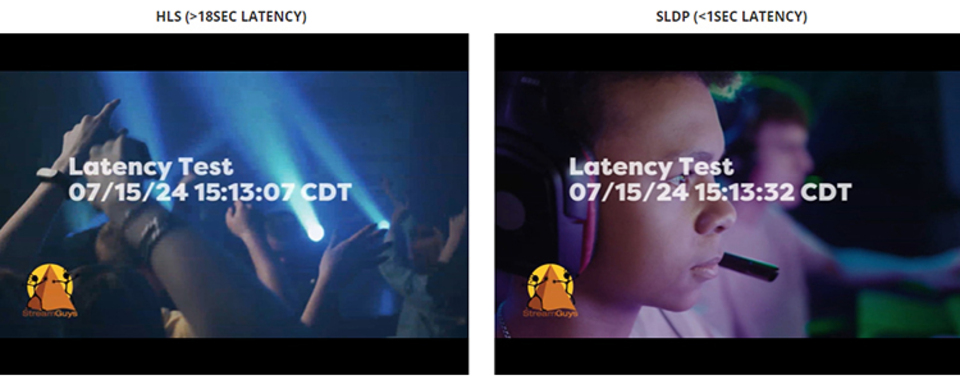This service aims to eliminate the delays that typically cause live game action and audio/video streams to fall out of sync. The new ULLS (Ultra-Low-Latency Streaming) service offers broadcasters tools to synchronize these experiences, providing fans with an option to listen to alternative commentary and allowing stadium management to integrate live streaming into the venue experience.
How the ULLS Service Works
The StreamGuys workflow begins by ingesting streams into its Contribution Network, a robust streaming media ecosystem that facilitates the movement of self-produced, locally originated, and third-party media content to the public internet for end-user consumption. The company utilizes low-latency streaming protocols within this workflow to eliminate delays at the output. The HTML5-based SGplayer then presents the live video or audio-only stream to the audience in real time.
Enhanced Fan Experience
Eduardo Martinez, Vice President of Technology at StreamGuys, highlighted that this technology returns control to the spectator who prefers listening to local team announcers while watching the game, whether in the stands or at home. Traditional streaming technology introduces a latency of 18 to 30 seconds, which this new solution seeks to overcome by integrating widely supported low-latency protocols.
Integration with SGrewind and Captioning Support
StreamGuys has also integrated the ULLS service with its SGrewind feature, which allows listeners to replay moments from the game. This is achieved by recording the ULLS stream to an SGrewind buffer, effectively offering the audience a live DVR-like experience. The ULLS service also supports CEA-608 captions from broadcasters, with SGplayer ensuring real-time captions for the deaf and hard of hearing, synchronized with the audio streams.
Planned Demonstration at IBC2024
At IBC2024, StreamGuys will conduct a live demonstration comparing low-latency and high-latency streams side by side, using a clock in the playout system to showcase the real-time outputs of each stream. Martinez emphasized that the input technology is compatible with any audio or video streaming encoder that connects to their ingest system, requiring no specialized components. This technology offers fans a streaming experience that has been missing for years, provided the content is accessible through StreamGuys’ Contribution Network.










